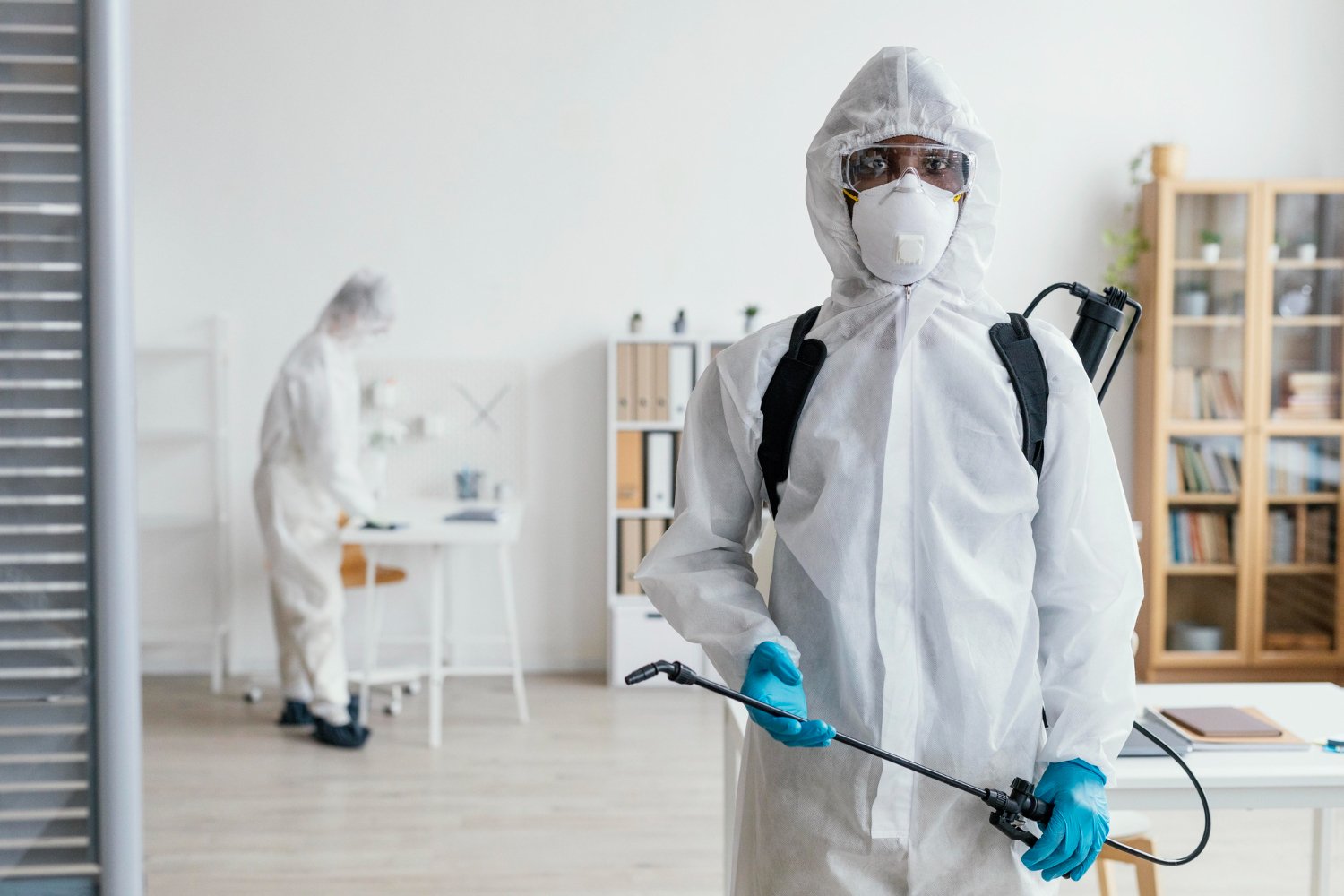Experienced Residential and Commercial Services by Pest Control Lockhart
Experienced Residential and Commercial Services by Pest Control Lockhart
Blog Article
Checking Out Infestation and Treatment Techniques on the planet of Parasite Control
The landscape of insect control includes a myriad of difficulties, specifically as invasions of common family bugs proceed to evolve. By integrating preventative steps with innovative administration strategies, such as Integrated Insect Management (IPM), home owners can better secure their settings.

Typical House Pests
When it comes to managing our living areas, understanding common house bugs is essential. These bugs not only disrupt our convenience however can likewise present health and wellness threats and damages property. One of the most widespread family parasites include ants, roaches, rodents, termites, and bed bugs.
Ants, frequently seen foraging in kitchens, can pollute food and develop big colonies. Roaches, known for their resilience, can cause allergies and spread pathogens. Rats, including computer mice and rats, can create architectural damage and lug illness like hantavirus and salmonella. Termites, frequently described as "silent destroyers," can endanger the stability of wooden structures, leading to costly repair services. Bed pests, although not condition carriers, can create substantial discomfort via their bites and lead to psychological distress.
Recognizing the indications of these parasites, such as droppings, nests, or attack marks, is essential for very early intervention (Pest Control Lockhart). Correct cleanliness techniques, securing entry factors, and maintaining a clutter-free atmosphere are efficient preventative steps. By identifying these typical household parasites and recognizing their habits, house owners can take positive actions to alleviate invasions, making certain a healthier living atmosphere
Comprehending Pest Infestations
Insect problems can escalate rapidly, turning a minor inconvenience into a significant issue if not dealt with without delay. Common aspects adding to infestations consist of bad cleanliness, architectural vulnerabilities, and seasonal changes that drive parasites inside.
Recognizing the kind of parasite is essential, as various varieties show varied actions and reproductive rates. For circumstances, rats might develop nests in hidden areas while pests like roaches flourish in damp atmospheres. Early detection typically depends upon identifying signs such as droppings, munch marks, or unusual noises, which can show a trouble before it ends up being extreme.
Warm, humid climates can promote the quick growth of parasite populaces, while changes in landscaping or construction can unintentionally develop favorable environments. An informed approach to comprehending these characteristics lays the groundwork for reliable bug monitoring techniques in the future.
Treatment Methods and Strategies
Reliable therapy techniques and strategies are necessary for mitigating parasite infestations and recovering a secure setting. A complex technique is often best, including chemical, biological, and mechanical techniques tailored to the details insect and the intensity of the problem.
Chemical therapies include the use of pesticides and herbicides, which can effectively eliminate parasites. Nevertheless, appropriate application and adherence to safety guidelines are crucial to reduce dangers to human beings and non-target microorganisms. Integrated Bug Management Web Site (IPM) motivates the judicious use chemicals as a last hotel, depending instead on monitoring and threshold degrees to establish intervention requirements.
Biological control methods involve introducing all-natural killers or bloodsuckers to reduce pest populations. This technique is progressively prominent, especially in agricultural settings, as it promotes environmental sustainability.
Mechanical methods, such as catches and obstacles, supply immediate remedy for parasites without introducing chemicals. Choices consist of sticky traps for bugs or physical obstacles for rodents.
Inevitably, the choice of therapy method need to think about the specific pest, the environment, and potential impacts on human wellness and communities. A well balanced mix of these techniques can effectively take care of invasions Web Site while promoting lasting bug control solutions.
Safety Nets for House
Proactively resolving parasite problems prior to they intensify is vital for maintaining a healthy and balanced home atmosphere (Pest Control Lockhart). Executing effective precautionary measures can significantly decrease the possibility of infestations, eventually guarding both your building and wellness

Proper landscaping additionally plays a vital function in avoidance. Keeping bushes and trees trimmed away from your home decreases the opportunities of parasites finding their way inside. Ensure that drainage systems are working successfully to prevent standing water, which can attract in insects and other pests.
Finally, routine examinations are a good idea. Consistently looking for indicators of parasite activity permits early intervention. By adopting these preventive measures, home owners can develop an environment that is much less congenial to bugs, consequently boosting their overall high quality of life and lowering the need for substantial parasite control treatments.
Industrial Insect Control Approaches
A detailed strategy to check commercial bug control is important for organizations aiming to preserve a secure and hygienic atmosphere. Efficient techniques include a mix of regular evaluations, staff member training, and the implementation of Integrated Bug Administration (IPM) practices.
Routine examinations enable very early discovery of pest activity, permitting timely intervention. Services should develop a regular timetable for these assessments, focusing on high-risk locations such as cooking areas, storage rooms, and garbage disposal websites. Staff member training is equally critical; staff ought to be informed on the indicators of parasite infestations and the significance of reporting them promptly.
Implementing IPM practices helps reduce bug problems sustainably. This consists of environment alteration, such as securing access factors and decreasing clutter, in addition to using all-natural deterrents prior to considering chemical therapies.

Moreover, working together with an accredited bug control copyright makes certain accessibility to specialist expertise and innovative therapy alternatives. This collaboration can cause personalized insect control plans tailored to the specific demands of the organization, decreasing threats and improving general efficacy. Ultimately, an aggressive and enlightened technique promotes a pest-free environment, safeguarding both public wellness and organization track record.
Final Thought
In final thought, reliable insect control demands an extensive understanding of usual household bugs and their behaviors, combined with targeted therapy methods. Carrying out preventative steps together with treatment methods such as Integrated Pest Administration and organic control boosts the ability to reduce problems.
Report this page